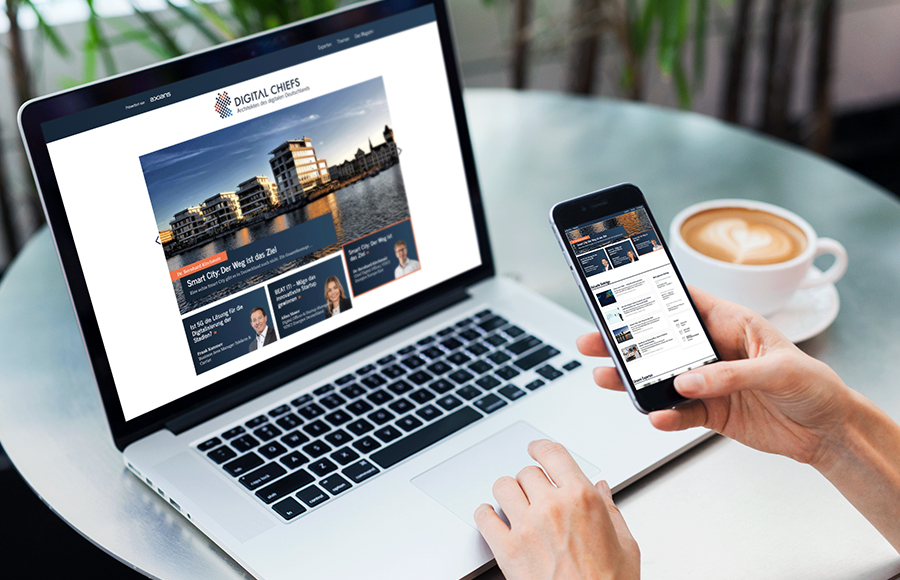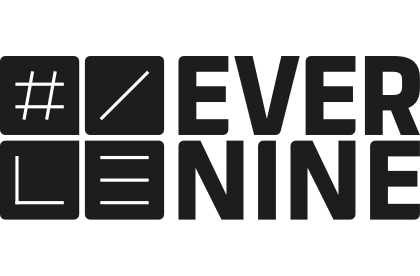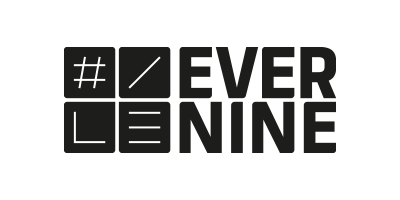
How to reach the next level of your digital PR with content hubs
More than ever, PR managers are required to digitize crucial parts of PR-related corporate communications, to make them measurable, and at the same time to break new ground in order to significantly increase efficiency. The key lies in content hubs that introduce new ways of doing PR. In this article, our CEO, Alexander Roth, introduces you to the roadmap for creating and successfully marketing such content hubs.
PR has changed drastically. In addition to a constantly changing publishing world, social media reflect the majority of opinion formation today. How can corporate PR win over these new trends and manage them successfully? The formula for success is to collect trend messages centrally as a company, to make them available and then to make them available again to PR operations and other important corporate communicators, above all employees.
To achieve this, so-called content hubs must be used, which offer a perfect content and technological basis for this. If the structure is right, they serve as a basis for unique “post-PR activities” with which one can clearly stand out from the competition. After all, “post-PR” encompasses all activities with which companies can operate in the new digital world in order to achieve classic PR goals via new channels. This means hybrid PR events, successful podcast formats and digital interactive storytelling. But what does such best practice look like?
How we successfully bring this expertise to market for the technology expert Axians
Since 2020, Axians has been using a so-called digital expert-based content hub “Digital Chiefs” as an extension for digital corporate communications, thus cleverly complementing its in-house PR. The company’s goal is to expand its expertise as a leading ICT service provider and managed service provider in Germany with, among other things, fresh industry-related impulses from business leaders and experts, and also to place entrepreneurs or “hidden champions” in a targeted manner.
To this end, we developed a “post-PR” communications strategy for the group of companies in the first step, which formulates these and other goals. This includes, for example, the integration of technology partner communications, demonstrable tracking using a database, and the training of in-house experts for the social media world (primarily LinkedIn) in order to position them as experts there.
To best achieve these goals, we agreed to build a data-driven magazine, name-branded at Axians, with strong tracking and marketing automation, and a strong visual focus on the expertise of the experts and associated ambassadors. “Digital Chiefs” was born. This now had to be linked with in-house topics and a coordinated PR plan. In addition, guidelines for expert and news articles had to be defined, a social media strategy with associated KPIs (key performance indicators) had to be established, and a certain amount of native advertising had to be integrated into the magazine. This means: The magazine is supported in parts with native advertising, social media campaigns but also by SEO measures that are carried out every month. But this was only a complementary part. The main function takes place via the survey of experts who have their own profiles on the Content Hub and accordingly distribute the messages and contributions in their own interest as social ambassadors on the social web.

The visual appearance, with its own fonts and appealing design, also makes it possible to keep readers in the magazine for a long time via the so-called halo effect, or to guarantee excellent retention times. But what is meant by this? The halo effect means that PR messages carry best when they appear in an appealing environment.
Innovative contribution formats with added value
The content strategy consists of article formats specially tailored to a target group consisting of decision-makers who are driving the digital transformation in SMEs. Article formats focus on guides, opinion pieces provoked by PR, and case studies. Special emphasis is placed on the topic of sustainability.
Once the concept was in place and had also been approved by all company managers, we developed the magazine and put it into operation at all levels. The key here is to involve the authors and support them in writing the text, and to develop them further in their role as ambassadors.
Also an important factor is that Ambassadors have been selected who have great enthusiasm for such a role and also desire such a position. We have also added minor technical points, such as notifying Ambassadors about the publication of the post using an automatic notification.
The popular newsletter function also offers a much sought-after tool among followers of the magazine. In addition, there are other technical refinements such as articles in the form of scrollytelling, which is also used by large digital daily newspapers to present stories in a more interactive way for the reader. Surveys are also a common element of editorial work.
In addition, there is the option for partners to sign up for coverage in the form of campaigns or simple PR packages. For this, we have successfully built up media data and since Content Hub went live, we have run numerous campaigns with partners that are enough to generate leads.
Ongoing operations are optimized on the basis of KPIs. Our team analyzes exactly which posts are best received, how it relates to the social reach of certain experts, takes partners and ambassadors to “Digital Me” workshops and has also already achieved some collaborations with media houses, which of course also use an excellent source for content distribution.
All best practices impress with great results

The magazine’s results are impressive. The experts are gaining increasing recognition in the market as thought leaders in their subject area. More and more employees want to position themselves there and get a source for corporate communications. Also, the first hires have already been found working at Axians and have been inspired by articles in the company’s vision.
As an agency, we have placed numerous other best practices for such corporate magazines on the market. The crucial thing is to find the right strategy. A magazine does not necessarily have to be an expert-based magazine. It can be thematically closer to a brand, it can be purely related to a product area, or you can build it just to attract new customers, for example.
It is important to define the right strategy together with the corporate communications management, to focus on realistic goals (do not proceed according to the waterfall principle, but according to agile tactics), and to provide such a hub with the appropriate technological data basis. Even more important, however, is the opportunity to recognize that such a hub, properly set up, saves corporate communications significant money, provided it is not a separate island project but integrated into corporate communications.
In such a case, a content hub proves to be a crucial building block that brings together PR, digital agility, employee ambassadors, and data efficiency. Other examples of such hubs are metaMinds, Digital.Now, Mittelstand Heute, and cancom.info, all of which are operated by well-known companies on the market.
You can find more information on this topic on here. In addition, we will be represented as an agency at the Communications Congress 2022 in Berlin in September. There, we will go into more detail on the topic of “Content Hubs”, including in a separate speaking slot.

Image source: Evernine Group



